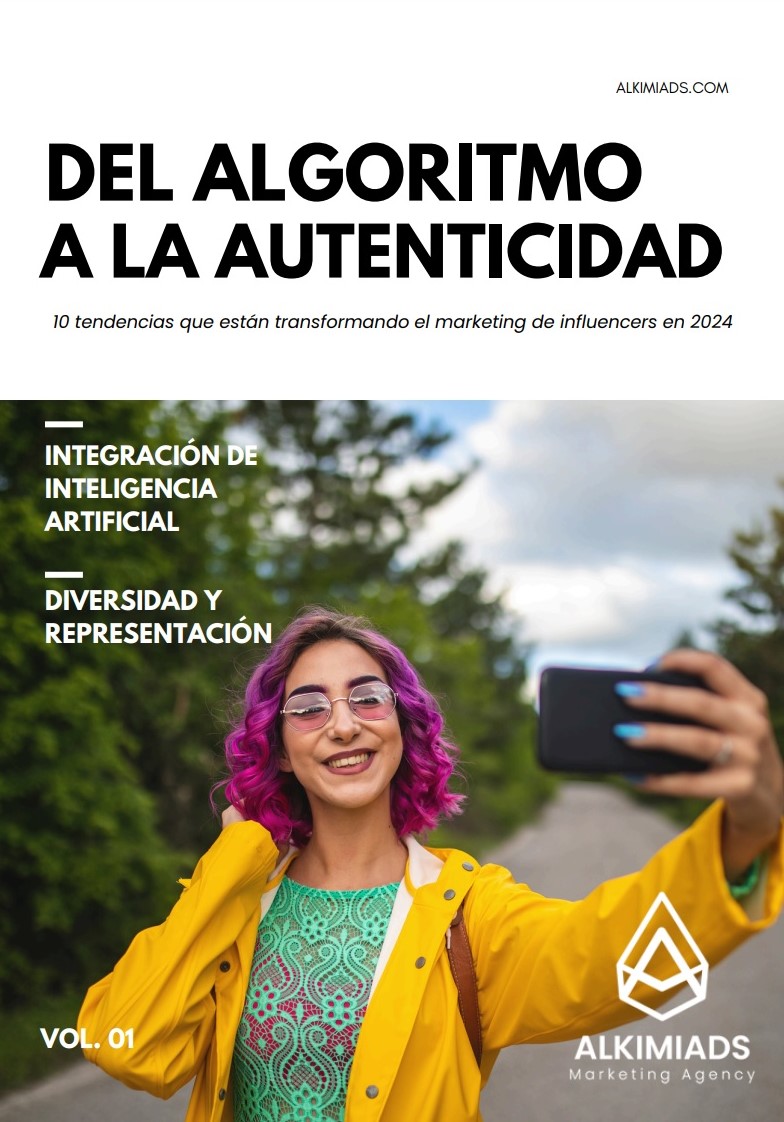Discover the impact of influencer marketing strategies in niche markets. Connect with targeted audiences and drive success with expert tips
Influencer marketing has evolved significantly in recent years, and one of the most prominent trends is the use of micro-influencers. These content creators, who generally have smaller but highly engaged audiences, are ideal for connecting with specific niches. Below are some key strategies to make the most of micro-influencer marketing.
- Identifying Relevant Microinfluencers
To kick off any influencer marketing campaign, it’s essential to identify microinfluencers who align with the brand’s values and vision. This means researching platforms like Instagram, TikTok, and YouTube to find those who have followers in the desired niche. Choosing the right microinfluencers not only enhances reach but also ensures that the brand’s message resonates deeply with the target audience.Tools and Methods
Hashtags and Keywords
Using specific hashtags related to the industry can help locate microinfluencers. For instance, if a fashion brand is looking to collaborate, it might explore hashtags like #FashionBlogger, #SustainableFashion, or #OOTD (Outfit Of The Day). These hashtags not only help identify relevant content creators but also allow brands to observe current trends within the niche.
Additionally, it’s beneficial to analyze how microinfluencers use hashtags in their posts to determine which ones generate the most interaction and visibility among their followers.
Engagement Analysis
Evaluating the level of interaction microinfluencers have with their followers is crucial. A high engagement rate indicates a committed audience. To measure this, brands should consider several metrics:
• Comments: Analyzing the quantity and quality of comments can provide insight into how followers perceive the content.
• Responses and Questions: Noting whether followers ask questions or share their own experiences can be a good indicator of a genuine connection.
To complement engagement analysis, brands can calculate the engagement rate using the formula mentioned earlier. This helps in comparing different microinfluencers and making informed decisions about who to partner with.
Specialized Agencies
In addition to individual research, working with specialized influencer marketing agencies can greatly enhance the process of identifying suitable microinfluencers. These agencies understand the landscape of social media and have established relationships with a wide range of influencers across various niches.
Importance of Working with Agencies
Influencer marketing agencies play a crucial role in streamlining campaigns. They have access to tools and data that can help brands identify the right influencers quickly and effectively. Agencies typically conduct thorough research to match brands with influencers who not only fit their target demographic but also have an authentic connection with their audience.
How They Work
Typically, these agencies start by understanding a brand’s goals, target audience, and key messages. From there, they compile a list of potential influencers who align with those objectives. Agencies often handle negotiations, contracts, and campaign management, freeing brands from these time-consuming tasks.
One interesting fact about influencer marketing agencies is that they often track the performance of influencer campaigns in real-time, allowing brands to see immediate results and make adjustments as needed. This agile approach can significantly enhance the overall effectiveness of marketing efforts.
Ethical Considerations and Authenticity
Lastly, when identifying microinfluencers, it’s essential to consider ethics and authenticity. Brands should investigate whether the microinfluencer has been involved in any controversies or if their content aligns with the desired values. Collaborating with influencers who have a positive reputation not only benefits the brand’s image but also ensures a more genuine relationship with consumers.
- Creating Authentic Content
Microinfluencers often have a more authentic connection with their followers, which means the content they create needs to be genuine and resonate with their audience. Brands should work with these influencers to develop content that not only promotes products but also tells a story.
Content Strategies
Creative Collaborations
It is essential to work with micro-influencers to create content that reflects both their style and the brand’s. This can include honest reviews, tutorials on using a product, or even live events where the influencer interacts directly with their audience. Such content not only showcases the product but also demonstrates how it fits into the influencer’s daily life.
User-Generated Content
Encouraging followers of the microinfluencer to share their own experiences with the product or service can build trust and authenticity. Brands might incentivize this participation through contests or campaigns that motivate users to share photos or videos using the product, providing powerful social proof.
Format Diversification
Using various formats like videos, stories, blogs, or social media posts helps keep the audience engaged. For example:
• Short Videos: On platforms like TikTok and Instagram Reels, microinfluencers can create dynamic and engaging content in no time.
• Interactive Stories: Utilizing polls, questions, or quizzes in stories can encourage immediate interaction.
• Blog Posts: Collaborating with microinfluencers to create detailed blog entries can provide in-depth insights into product usage.
- Measuring Results and Adjustments
A critical part of influencer marketing is measuring campaign effectiveness. With microinfluencers, it’s vital to establish clear metrics from the start to evaluate performance and make necessary adjustments.
Key Performance Indicators (KPI)
Reach and Visibility: Analyzing how many people have seen the content is essential for understanding initial impact.
Engagement: Measuring the number of interactions (likes, comments, shares) generated by the content helps assess real interest.
Conversion: Evaluating how many sales or leads are generated from the campaign allows for calculating return on investment (ROI).
Data-Driven Adjustments
Using collected data to fine-tune strategies can improve future collaborations. This may involve changing content focus, selecting different microinfluencers, or even modifying product offerings based on what has performed best previously.
For example, if certain types of content generate more engagement or conversions, brands should consider implementing those formats more frequently. Additionally, if an influencer is not delivering expected results, it may be worthwhile to explore other options within the same niche.
Conclusion
Marketing with microinfluencers is a powerful strategy for connecting with hyper-specific audiences. By identifying the right influencers, creating authentic content, and measuring results effectively, brands can maximize their impact and build long-lasting relationships with their consumers. This approach not only enhances brand visibility but also fosters a more meaningful connection between brands and potential customers.






















